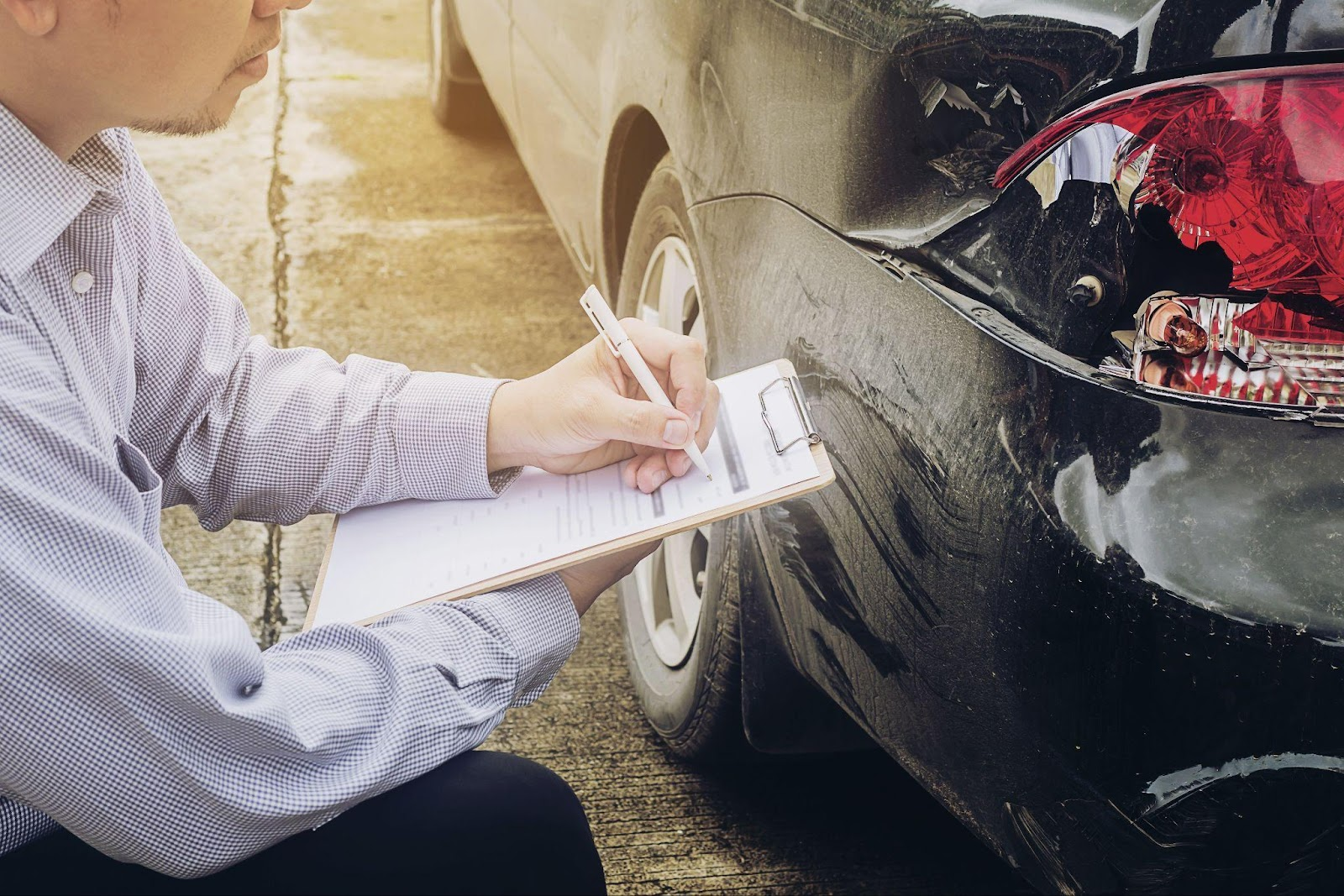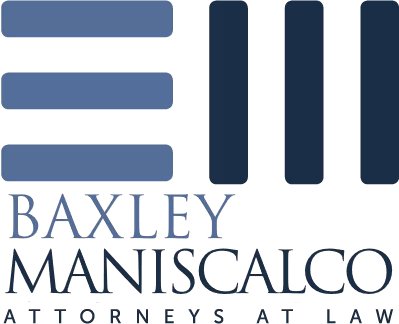
A single piece of evidence can mean the difference between full compensation and walking away with nothing in Alabama, where being found just 1% responsible for an accident eliminates your entire claim.
While other states allow partial recovery even when you share fault, Alabama’s contributory negligence doctrine makes proving the other driver’s complete responsibility an all-or-nothing proposition that demands bulletproof evidence.
Understanding Alabama’s fault-based system is essential for building your case.
The Role of Police Reports in Establishing Fault
Police reports serve as the foundational document in most car accident cases, providing an official third-party assessment of the crash circumstances.
Officers trained in accident investigation document crucial details that may escape stressed victims, creating a record that carries significant weight with insurance companies and courts.
The report typically includes the officer’s diagram of the accident scene, witness information, citations issued, and often a preliminary fault determination.
While not conclusive evidence of fault, insurance adjusters give considerable weight to these official findings. Officers also document environmental factors like weather conditions, road defects, or visibility issues that may have contributed to the crash.
Key elements police reports capture:
- Officer’s opinion on fault and contributing factors
- Traffic law violations and citations issued
- Detailed accident scene diagram
- Weather and road conditions
- Time of day and visibility factors
- Driver statements and admissions
- Witness contact information
Obtaining your police report quickly allows you to identify any errors or omissions while memories remain fresh and evidence still exists to support corrections. This official record becomes the starting point for building your fault case.
Knowing what to do immediately after an accident helps preserve all available evidence.

Witness Testimony That Makes a Difference
Independent witnesses provide powerful evidence precisely because they have no stake in the outcome. Their unbiased observations often carry more weight than the involved parties’ accounts, especially when their testimony contradicts the at-fault driver’s version of events.
Effective witness testimony goes beyond simply stating who caused the accident. The best witnesses provide specific details about vehicle speeds, traffic signal colors, driver behaviors before impact, and other concrete observations.
Written statements obtained immediately after the accident prove more reliable than recollections weeks or months later.
Valuable witness observations include:
- Vehicle positions before and during impact
- Traffic signal status at time of collision
- Speeding or erratic driving behaviors
- Cell phone use or other distractions
- Failure to signal or yield right-of-way
- Weather impact on driving conditions
- Post-accident statements by drivers
Professional witnesses like commercial drivers, delivery personnel, or nearby business employees often make particularly credible witnesses due to their experience observing traffic patterns.
Securing their testimony before they become unavailable strengthens your fault argument significantly.
Photographic Evidence That Tells the Story
Modern smartphones transform every accident victim into a potential investigator, capable of capturing evidence that speaks louder than any testimony.
Photographs taken immediately after the crash preserve details that disappear once vehicles are moved and scenes cleared.
Comprehensive photographic documentation should capture multiple perspectives and details often overlooked in the immediate aftermath.
Wide shots establish the overall scene, while close-ups reveal crucial details like skid marks, debris patterns, and vehicle damage that indicate impact angles and force.
Essential photographs to capture:
- Vehicle damage from all angles
- Skid marks and their directions
- Traffic signs and signal positions
- Road conditions and hazards
- Debris field patterns
- Injuries visible immediately
- License plates and insurance cards
- Weather conditions affecting visibility
Time-stamped photos with location data provide indisputable evidence of conditions at the accident scene. This visual evidence becomes particularly powerful when it contradicts the other driver’s account or supports your version of events.
Avoiding common documentation mistakes ensures your photographic evidence remains admissible and persuasive.

Medical Records as Proof of Impact Severity
Medical documentation serves dual purposes in fault cases, both establishing injury severity and providing evidence about the crash dynamics. Emergency room records created immediately after accidents often contain crucial admissions and observations that support fault determinations.
Paramedic reports and emergency room intake notes frequently document passenger positions, impact directions, and mechanism of injury—details that help accident reconstructionists determine fault.
Additionally, injury patterns often correlate with specific types of impacts, providing medical evidence that supports or contradicts claimed accident dynamics.
Medical evidence supporting fault claims:
- Injury patterns consistent with impact direction
- Passenger statements to medical providers
- Mechanism of injury documentation
- Severity indicating high-impact collision
- Treatment timing confirming immediate injury
- Diagnostic imaging showing trauma patterns
Prompt medical treatment not only protects your health but creates contemporaneous records that strengthen fault arguments.
Delays in seeking treatment allow insurance companies to question both injury causation and accident severity.
Using Technology and Expert Analysis
Modern vehicles and infrastructure provide technological evidence that often definitively establishes fault. From surveillance cameras to vehicle computer systems, electronic evidence offers objective proof that overcomes conflicting testimony.
Traffic cameras, business security systems, and dashboard cameras capture accidents as they happen, providing indisputable visual evidence of fault.
Similarly, vehicle Event Data Recorders (EDRs) function like “black boxes,” recording speed, brake application, steering input, and other crucial data in the seconds before impact.
Technological evidence sources:
- Traffic and red-light cameras
- Business surveillance footage
- Dashboard camera recordings
- Vehicle EDR/black box data
- Cell phone records showing distraction
- GPS data confirming speeds
- Vehicle maintenance computer records
Expert accident reconstructionists analyze this technological evidence alongside physical evidence to create scientific determinations of fault. Their testimony transforms raw data into compelling courtroom presentations that judges and juries understand.
Frequently Asked Questions About Alabama Car Accidents
Understanding evidence collection and fault determination raises important questions for Alabama car accident victims navigating the legal system.
What if the Police Report Lists Me as At-Fault?
Police reports aren’t final fault determinations. Officers make quick assessments without full investigation. Additional evidence like witness statements, expert reconstruction, or video footage can overcome initial fault findings. An attorney can help challenge incorrect police conclusions.
How Long Do I Have to Gather Evidence?
Evidence disappears quickly after accidents. Surveillance footage often overwrites within days, witnesses become unavailable, and physical evidence gets removed. Begin collecting evidence immediately, as delays compromise your ability to prove fault effectively.
Can Social Media Posts Affect Fault Determination?
Social media posts by either driver can become powerful evidence. Posts showing distraction, impairment, or admissions about the accident often surface during investigations. Even innocent posts can be misinterpreted, making social media silence advisable during claims.
What if Both Drivers Claim the Other Ran a Red Light?
Conflicting accounts require objective evidence like traffic cameras, witness testimony, or EDR data showing vehicle speeds and stopping patterns. Without definitive proof, these disputes often prevent recovery under Alabama’s contributory negligence rule.
Does Admitting Any Fault Ruin My Case?
Under Alabama law, any fault admission can eliminate your entire claim. Even apologizing or saying “I didn’t see you” may constitute fault admission. This harsh reality makes avoiding any fault-suggesting statements critical from the accident scene forward.
Review Alabama’s specific accident statistics to understand common fault patterns.
These questions highlight the complexity of proving fault in Alabama’s unforgiving legal environment.
Build Your Strongest Case With Experienced Legal Support
Proving fault in an Alabama car accident requires more than good intentions—it demands strategic evidence collection, expert analysis, and skilled presentation that overcomes the state’s harsh contributory negligence doctrine.
Our car accident attorneys here at Baxley Maniscalco combine decades of experience with cutting-edge investigative resources to build fault cases that withstand insurance company challenges and courtroom scrutiny.
We know which evidence matters most and how to preserve it before it disappears, transforming accident scenes into compelling proof of the other driver’s responsibility.
Don’t let Alabama’s unforgiving fault laws or missing evidence destroy your right to compensation—contact our team today for a free consultation and let us start building the bulletproof fault case your recovery depends on.
Can't find what you're looking for? Search our site below.










